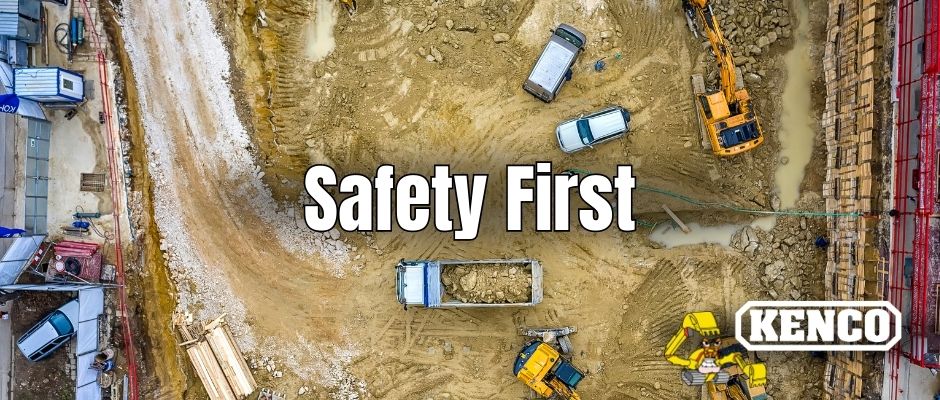Personal Safety When Using a Kenco Lifter
Kenco lifters are extremely safe to use. Their development and use allows laborers to let the lifter do all the work without manual manipulation. However, with any attachment or tool there are particular safety details to consider. The following are a few equipment handling safety tips that are suitable for all Kenco lifters.
- Wear appropriate protective clothing and related safety equipment including glasses, hardhat, gloves, protective shoes, hearing protection, and any other equipment/devices dictated by job conditions.
- Do not wear loose clothing, jewelry, or hairstyles that could become entangled in the Kenco lifter. Note – pinch points are marked on your lifter.
- Keep hands, feet, and any other appendages clear of the Kenco lifter while in operation.
- Maintain a safe distance from the load. NEVER allow a Kenco lifter to pass over any part of a person.
All details on machine handling safety and proper usage of your Kenco lifter can be found in your manual which accompanies every lifter. If you cannot locate this manual, a copy can be downloaded at https://kenco.com/product-manuals/. When in doubt you can also call Kenco and speak with our team of knowledgeable experts at 800-653-6069.

